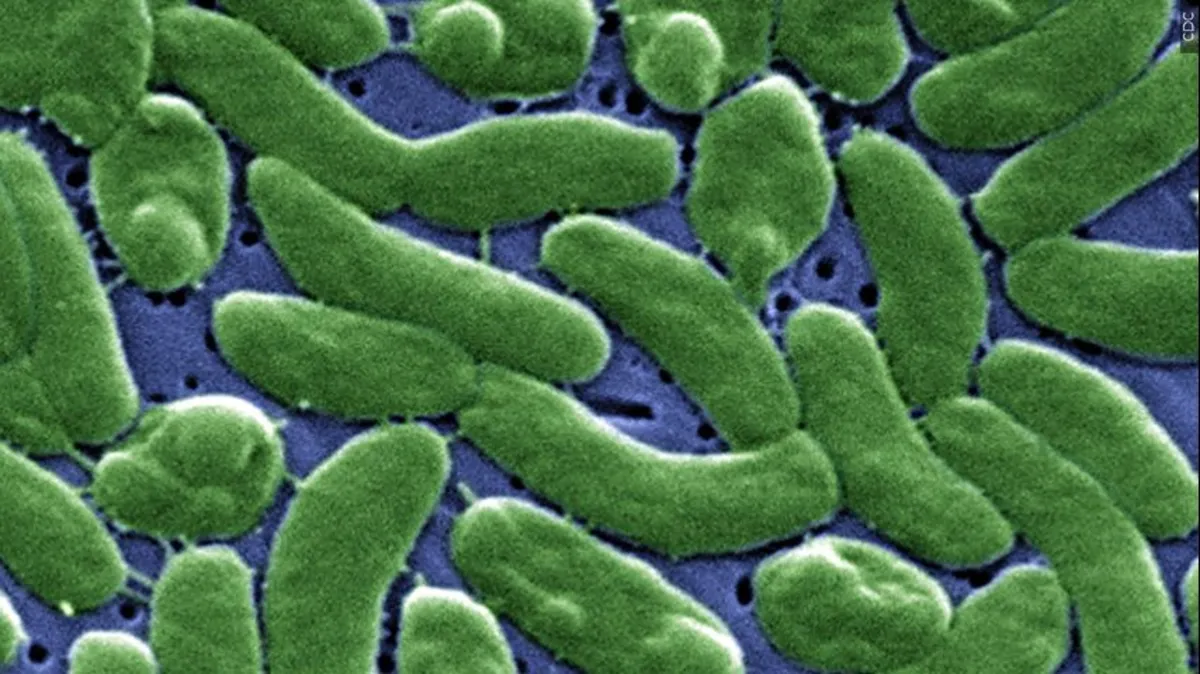
In a concerning development, two people have died after consuming Louisiana oysters contaminated with the dangerous flesh-eating bacteria known as Vibrio vulnificus, as confirmed by officials from WBRZ. The fatalities occurred after individuals consumed oysters sourced from Louisiana at two different restaurants—one located in Louisiana and the other in Florida. Jennifer Armentor, the molluscan shellfish program administrator from the Louisiana Department of Health, reported that an additional 14 individuals have been infected, bringing the total to 34 reported cases in 2025 alone. Alarmingly, six of these cases have resulted in death, marking a significant increase compared to previous years, with the current rate being the highest in the past decade.
"It’s just prolific right now," stated Armentor during a meeting with the Louisiana Oyster Task Force at the New Orleans Lakefront Airport. The rise in infections has raised concerns about the safety of consuming raw oysters and the need for enhanced awareness regarding the potential risks.
WBRZ engaged with George Shaheen, CEO of Jones Creek Cafe & Oyster Bar, to discuss how seafood establishments are working to ensure that their oysters remain both delicious and safe for consumption. With nearly 40 years of experience in the industry, Shaheen emphasized the collaborative efforts between fishermen and health authorities, which have significantly minimized risks associated with oyster consumption. "Over the years, we haven't had as much of that as you would actually think because of the bond created between the Wildlife and Fisheries and the Department of Health," he explained.
Shaheen sources his oysters from Delacroix Island, a location he is familiar with from his own fishing days, and expressed complete trust in the harvesters. He elaborated on the rigorous methods used to maintain oyster quality, stating, "You have to go out, and when you go on a boat and you're an oyster fisherman, you can stay out there, I think it's 72 hours if you have a way to cool the oysters when they come in."
To ensure traceability, Shaheen demonstrated tickets attached to oyster sacks, which provide critical information about where and when the oysters were harvested. "It basically is really the key to being able to, if something happens somewhere, they know right where to go," he explained. The Louisiana Department of Health mandates that these records be kept for 90 days, and establishments like his undergo inspections every 120 days.
Modern harvesting techniques have also improved the quality of oysters. Shaheen noted that using limestone in the marsh for oyster cultivation leads to cleaner oysters compared to traditional methods that involve harvesting from marsh mud. "The difference between you getting them out of the marsh mud and being on limestone is that they're much cleaner," he said.
In Louisiana, restaurants are legally required to display visible warnings regarding the risks associated with consuming raw seafood. Bartender Amanda Steele from Jones Creek Cafe emphasized the importance of these warnings, stating, "Yes, cause you never know what's in the ocean and what gets inside these oysters, so if they're not cooked, you can easily get bacteria." This precaution aims to inform patrons about the potential health hazards associated with raw oyster consumption.
Despite the recent health warnings, customers at Jones Creek Cafe expressed their confidence in the restaurant's practices. Larry Campagna, a local patron, shared, "I eat them (oysters) both ways (cooked and raw) and eat them in the raw state in the wintertime. I trust my local oyster bars." This sentiment reflects a broader trust among locals regarding the safety of consuming oysters from reputable establishments.
As the situation with Vibrio vulnificus continues to evolve, it remains crucial for both consumers and businesses to stay informed and vigilant about oyster safety. Awareness and adherence to safety protocols can help mitigate risks associated with this potentially life-threatening bacteria.